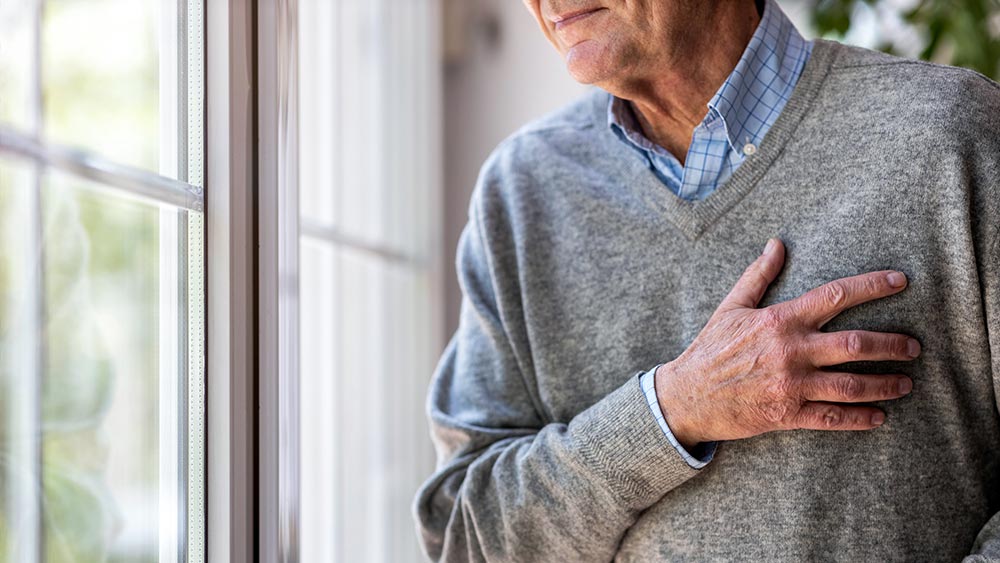Table of contents
Heat Stroke in Older People. People over 65 are the ones who should be the most careful on hot days, as they are the most vulnerable to high temperatures.
The numbers are clear: five out of ten deaths from heat stroke are in the over 65s.
Therefore, in this article we will describe the particularities of heat stroke in older adults and explain important aspects to stop and prevent it.
Why are older people especially vulnerable to heat?
Older people are, together with children, the most vulnerable to the increase in temperature. There are two main reasons for this:
Age risk factor
As we age, our ability to perceive the sensation of heat is reduced, so older people do not notice the increase in temperature as much and therefore do not take the necessary precautions to protect themselves.
But, in addition, over the years the perception of thirst also decreases, so they do not feel the need to drink and this can lead to dehydration.
Dehydration due to medication
The consumption of various drugs also decreases the perception of high temperatures. Some of the drugs our older adults take can cause as a side effect the inability to properly regulate their temperature on the hottest days.
How does heat affect older adults?
Heat can damage the health of older people. The least dangerous consequence is mild or moderate dehydration, which can be solved with the simple intake of liquid.
However, in more severe cases, when the body temperature exceeds 41 degrees, a thermal shock, commonly called heat stroke, can occur.
If this is not treated, the affected person may suffer a multiorgan failure by stopping the functioning of various organs as they usually do.
Symptoms of heat stroke
Detecting that what happens to an older person is heat stroke is not at all easy. Some of the symptoms of heat stroke tend to be related to the ailments of aging. In addition, since heat stroke is not preceded by intense physical exercise (as occurs in the case of young people and adults), it is not usually thought that we are facing it.
Heat stroke: most common symptoms:
Acceleration of the pulse.
Confusion and disorientation.
Very hot, red and dry skin.
Nausea.
Chills.
Headache.
Doughy mouth, no salivation.
You can even lose consciousness.
Advice to follow in case of symptoms of heat stroke
When an older adult suffers heat stroke, the following action should be taken:
Lay him down and put his legs up. With this we will achieve that the blood arrives with greater fluidity to the brain and does not lose consciousness.
Avoid that the person is surrounded by many people. He needs air and space.
Call an ambulance immediately.
While medical attention is coming, wet different parts of the body to lower the temperature. For example, wipe the back of the neck, forehead and forearms with a cold water cloth.
If possible, give him a drink of water very slowly. However, don’t make him drink, because suddenly drinking a large amount of water can cause him to vomit and increase his dehydration.
Preventing Heat Stroke in Older Adults
The best way to avoid the serious consequences that heat stroke can have on an older person is to prevent it.
The caretaker in charge of our family member knows, thanks to her experience, the best measures to protect him/her during the months when there is an excessive increase in temperature.
These measures are as follows:
Clothing to avoid heat
Wear lightweight clothing, preferably in light colors and cotton.
Protect your head from the sun with clothing such as a hat or cap.
Body hydration
Drink plenty of fluids. The ideal is to drink between 1.5 and 2 liters of water per day.
Avoid all exposure to the sun between 12 and 16 hours.
Take care of your diet: avoid too strong and hot dishes and change them for light and cold meals.
Moisturize your skin with suitable creams.
Avoid heat at home
Stay in the coolest rooms.
Lower the blinds and draw the curtains so that the sun can enter directly.
Diseases and heat stroke
Certain diseases can increase the risk of heat stroke, such as diabetes, hypertension or heart disease, so even more attention – if any – should be paid to those who suffer from them.
For a more in depth description of symptoms and treatments please visit this site.
Heat stroke, more dangerous than we think
Of all the health consequences that heat can cause in older people, heat stroke is one of the most dangerous. It can even be fatal.
Therefore, it is vital to have the best care for older adults, because only if they have it, heat stroke can be detected and stopped. Here at Nomenial we hope that this guide to heat stroke in older people has been useful.







